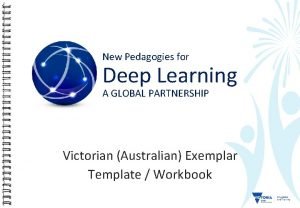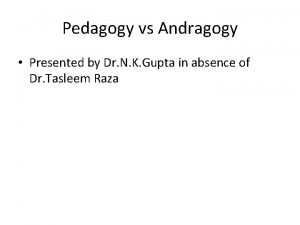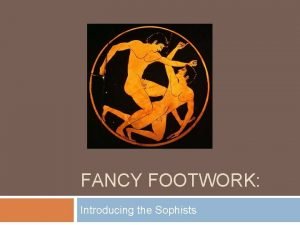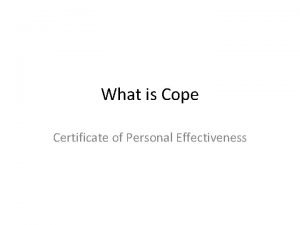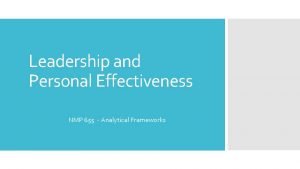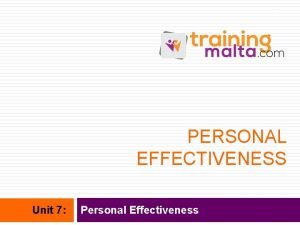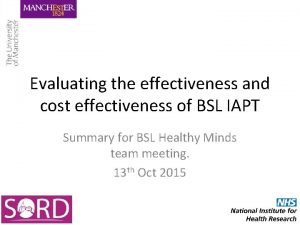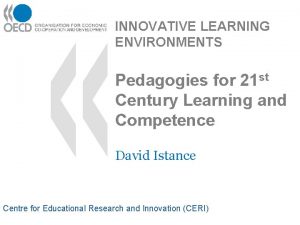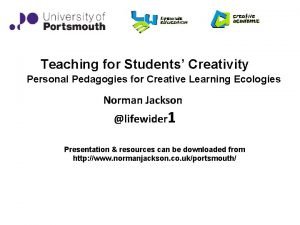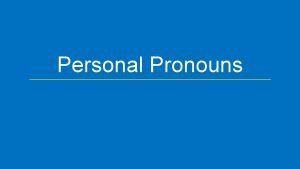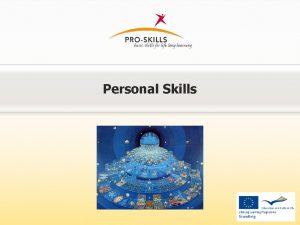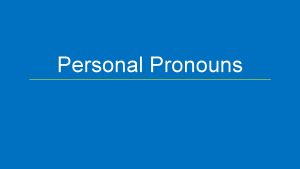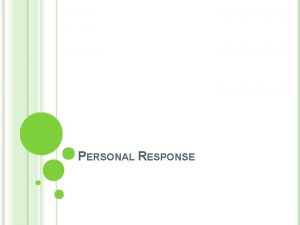Evaluating the effectiveness of innovative pedagogies a personal




























- Slides: 28

Evaluating the effectiveness of innovative pedagogies – a personal reflection Simon Lancaster

The plural of anecdote? A. The plural of anecdote is not data. B. The plural of anecdote is data. 0% 0% The plural of anecdote is not The plural of anecdote is data. November 2020

Professor Mymates module evaluation data Mymate module evaluation 120 6 100 5 80 4 60 3 40 2 20 1 0 2008 2009 2010 2011 NSS November 2020 2012 Median Mean 2013 2014 0 2015

Contemporary versus traditional?

What proportion of the time are our students actively thinking during (lecture theatre) teaching? A. <10% B. 10– 30% C. 30– 50% D. 50– 70% E. 70– 90% F. >90% 0% <10% November 2020 0% 0% 10– 30% 30– 50% 50– 70% 70– 90% 0% >90%

Our model of lecture flipping

The importance of the question

What is your objective for a question posed during teaching? Rank 1 2 3 Responses 4 5 6 1 November 2020 2 3 4 5 6

What is your objective for a question posed during teaching?

The Goldilocks Zone

Opposites attract, like repels like November 2020

Which is favourable? A. B. C. D. Li+ + e− Li Li+ Li 2+ + e− Li− + e- Li 2− November 2020 0% 0% A. B. C. D.

How do you feel about your answer? A. Very confident B. Confident C. Not confident D. Not at all confident Which is favourable? A. Li Li+ + e− B. Li+ + e− Li C. Li+ Li 2+ + e− D. Li− + e- Li 2− November 2020 0% 0% Very confident Confident Not confident Not at all confident

Which is favourable? A. B. C. D. Li+ + e− Li Li+ Li 2+ + e− Li− + e- Li 2− November 2020 0% 0% A. B. C. D.

Evidence Student activity 9 12 54 25 Thinking PI Interactions Lecturing

Lancaster’s module evaluation data Lancaster module evaluation 120 6 100 5 80 4 60 3 40 2 20 1 0 2008 2009 2010 2011 NSS November 2020 2012 Median Mean 2013 2014 0 2015

What is learning gain? A. B. C. November 2020 The learning achieved by a student between two points in time. The improvement in knowledge, skills, work-readiness and personal development made by students during their time spent in higher education. The value added by an institution in terms of the increased likelihood of gaining a good honours degree given a certain range of entry qualifications. 0% 0% 0% A. B. C.

How do you feel about your answer? A. Very confident B. Confident C. Not confident D. Not at all confident What is learning gain? A. B. C. November 2020 0% 0% Very confident Confident Not confident Not at all confident The learning achieved by a student between two points in time. The improvement in knowledge, skills, work-readiness and personal development made by students during their time spent in higher education. The value added by an institution in terms of the increased likelihood of gaining a good honours degree given a certain range of entry qualifications.

What is learning gain? A. B. C. November 2020 The learning achieved by a student between two points in time. The improvement in knowledge, skills, work-readiness and personal development made by students during their time spent in higher education. The value added by an institution in terms of the increased likelihood of gaining a good honours degree given a certain range of entry qualifications. 0% 0% 0% A. B. C.

The UEA project At UEA, we are examining 3 ways of measuring Learning Gain: - Student marks/grades/GPA - Self-efficacy - Concept inventories

Concept inventories Conceptual Validated Reliable

Collaborative concept inventory use November 2020

. Normalised gain

Mean normalised gain for the bonding concepts inventory 0. 19

Self-efficacy 1. Determine an average mark for the quiz. 2. Assign student to above or below average group. 0, 1 3. Calculate student average confidence. 4. Assign student to above or below average confidence group. High confidence High attainment Low attainment November 2020 X Low Confidence

Self-efficacy over the course of the module SESSION WK 2 WK 4 WK 6 WK 8 November 2020 SIZE 89 86 83 83 P-value 0. 058 0. 015 0. 001 0. 126 Association BORDER YES NO

ACKNOWLEDGEMENTS Dennis Cook Dr Fabio Arico Prof Neil Ward Helena Gillespie Dr Annamari Ylonen Prof Eric Mazur Dr Ross Galloway Dr Anna Wood Dr Anne Nortcliffe HEFCE Dr Adam Longcroft Turning Technologies

4* evidence
 New pedagogies for deep learning
New pedagogies for deep learning Ou reading for pleasure principles
Ou reading for pleasure principles Pedagogy vs andragogy examples
Pedagogy vs andragogy examples Dissoi logoi definition
Dissoi logoi definition Certificate of personal effectiveness
Certificate of personal effectiveness Personal resources definition
Personal resources definition Personal effectiveness framework
Personal effectiveness framework Enhancing personal effectiveness
Enhancing personal effectiveness Personal effectiveness meaning
Personal effectiveness meaning Chụp tư thế worms-breton
Chụp tư thế worms-breton đại từ thay thế
đại từ thay thế Quá trình desamine hóa có thể tạo ra
Quá trình desamine hóa có thể tạo ra Cong thức tính động năng
Cong thức tính động năng Thế nào là mạng điện lắp đặt kiểu nổi
Thế nào là mạng điện lắp đặt kiểu nổi Dot
Dot Vẽ hình chiếu đứng bằng cạnh của vật thể
Vẽ hình chiếu đứng bằng cạnh của vật thể Bổ thể
Bổ thể Phản ứng thế ankan
Phản ứng thế ankan Môn thể thao bắt đầu bằng chữ f
Môn thể thao bắt đầu bằng chữ f Sự nuôi và dạy con của hươu
Sự nuôi và dạy con của hươu Thiếu nhi thế giới liên hoan
Thiếu nhi thế giới liên hoan điện thế nghỉ
điện thế nghỉ Một số thể thơ truyền thống
Một số thể thơ truyền thống Biện pháp chống mỏi cơ
Biện pháp chống mỏi cơ Trời xanh đây là của chúng ta thể thơ
Trời xanh đây là của chúng ta thể thơ Bảng số nguyên tố
Bảng số nguyên tố Tỉ lệ cơ thể trẻ em
Tỉ lệ cơ thể trẻ em Vẽ hình chiếu vuông góc của vật thể sau
Vẽ hình chiếu vuông góc của vật thể sau Các châu lục và đại dương trên thế giới
Các châu lục và đại dương trên thế giới
